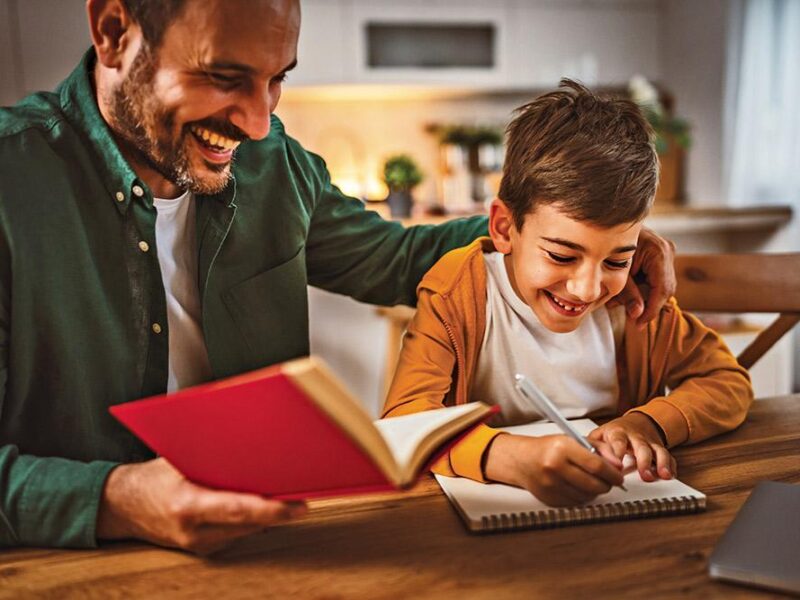Classroom Secrets: More than words on a page
By Rob Stringer
Years ago being deemed a “good reader” was pretty straightforward—learn all the sounds letters make, put them together to form words, then practice until you became a fluent reader. But research continues to show, reading is about more than simply reading the words on a page. "Good readers" by today's curriculum, must also be proficient at thinking about and responding to what they read. To that end, this month I’d like to share some key comprehension skills and strategies that might help you further strengthen your children’s reading skills …
Connect. Have your children use what they already know about the topic or story to make sense of what they are reading. Did any events, characters, or pictures remind them of something or someone in their own lives? A friend, neighbour, or relative? Perhaps it brought to mind other stories or characters from other books? Consider finding books that evoke strong memories or connections for you, and share them as you read the book together.
Question. Encourage your children to be curious readers—asking and answering questions before, during, or after they read. For example, have they ever read a similar book? What do they think might happen next? Who do you think will save the main character? What would they do in the same situation? Invite your children to give proof (reasons) from the story as part of their answers. If you read books together, consider sharing the questions that come to mind for each of you.
Visualize. Invite your kids to engage their creativity and imaginations—to create "mind pictures" based on what they have read. With chapter books, what do the places or people look like? With picture books, ask your children to imagine someone or something not captured by the illustrator. The vivid pictures we create using our imaginations is one reason why many people prefer books to the movie versions.
Infer. Authors don’t always explain everything, but rather leave clues for the readers to figure things out on their own—showing rather than telling. Encourage your children to look for clues in pictures or the text to help them better understand what is going on. Pay attention to both what is said, and what is not. Wordless books can also be a great tool to start developing this skill—having your children look at the pictures to determine what is happening.
Transform. Books have the power to change the way we think about ourselves and the world. Did the book teach them anything? Do they now have a different or new perspective? Has anything changed in them because of the story?
It is so important for children to understand that reading is more than simply being able to say the words on the page. It is also having the ability to understand what they’re read. By practising these skills you will not only strengthen your children’s understanding of what they’ve read, but also very likely help to deepen their long-term enjoyment of reading as well.
About the author
As an educator, youth coach & speaker, Rob Stringer BA, BEd, CPC has spent more than two decades helping kids & teens meet with success. For more ideas or to suggest article topics, visit www.YouthCoachGlobal.com or email Rob@YouthCoachGlobal.com.





